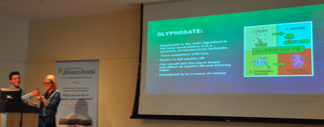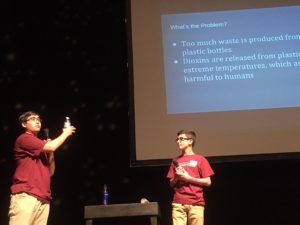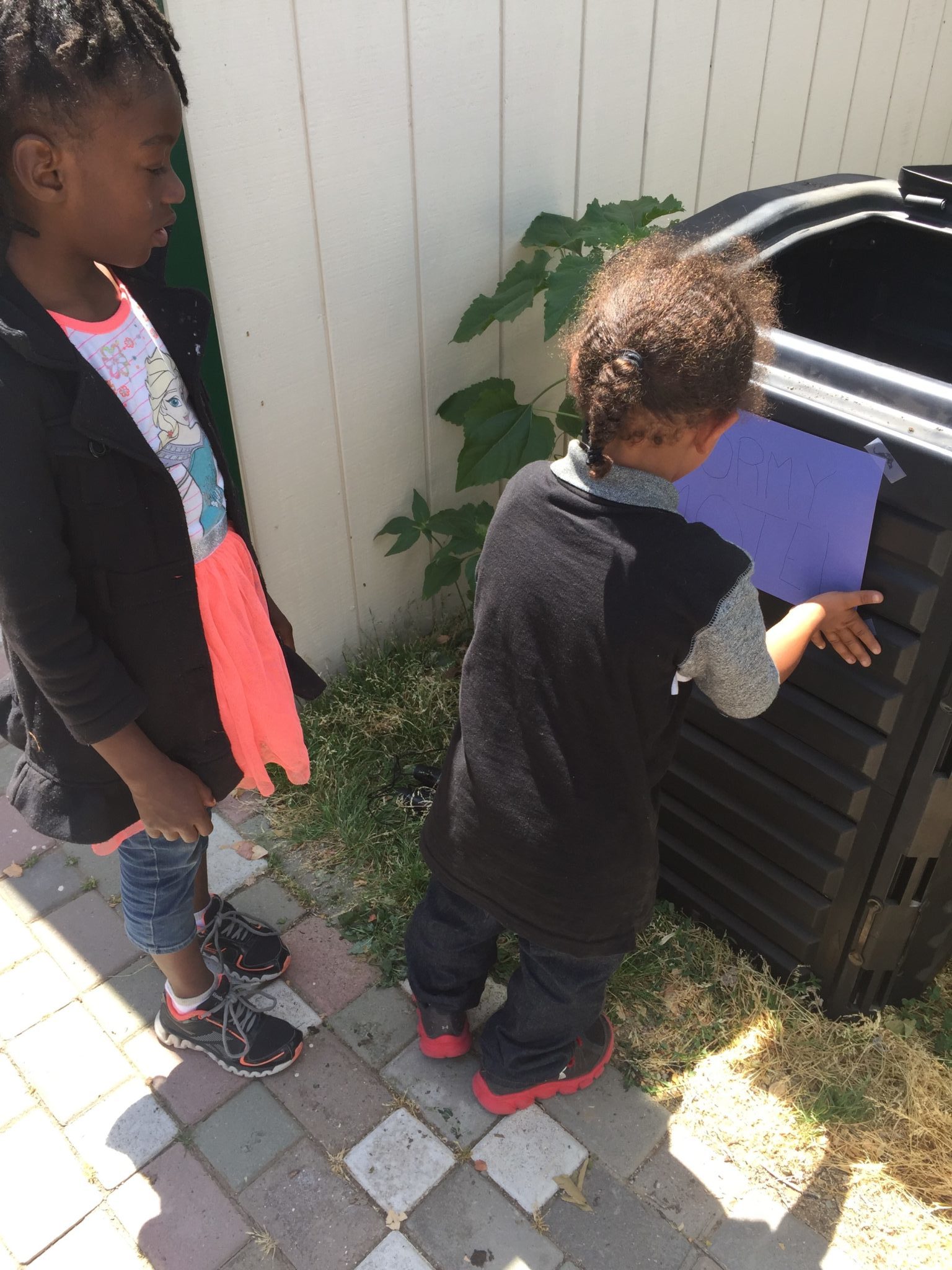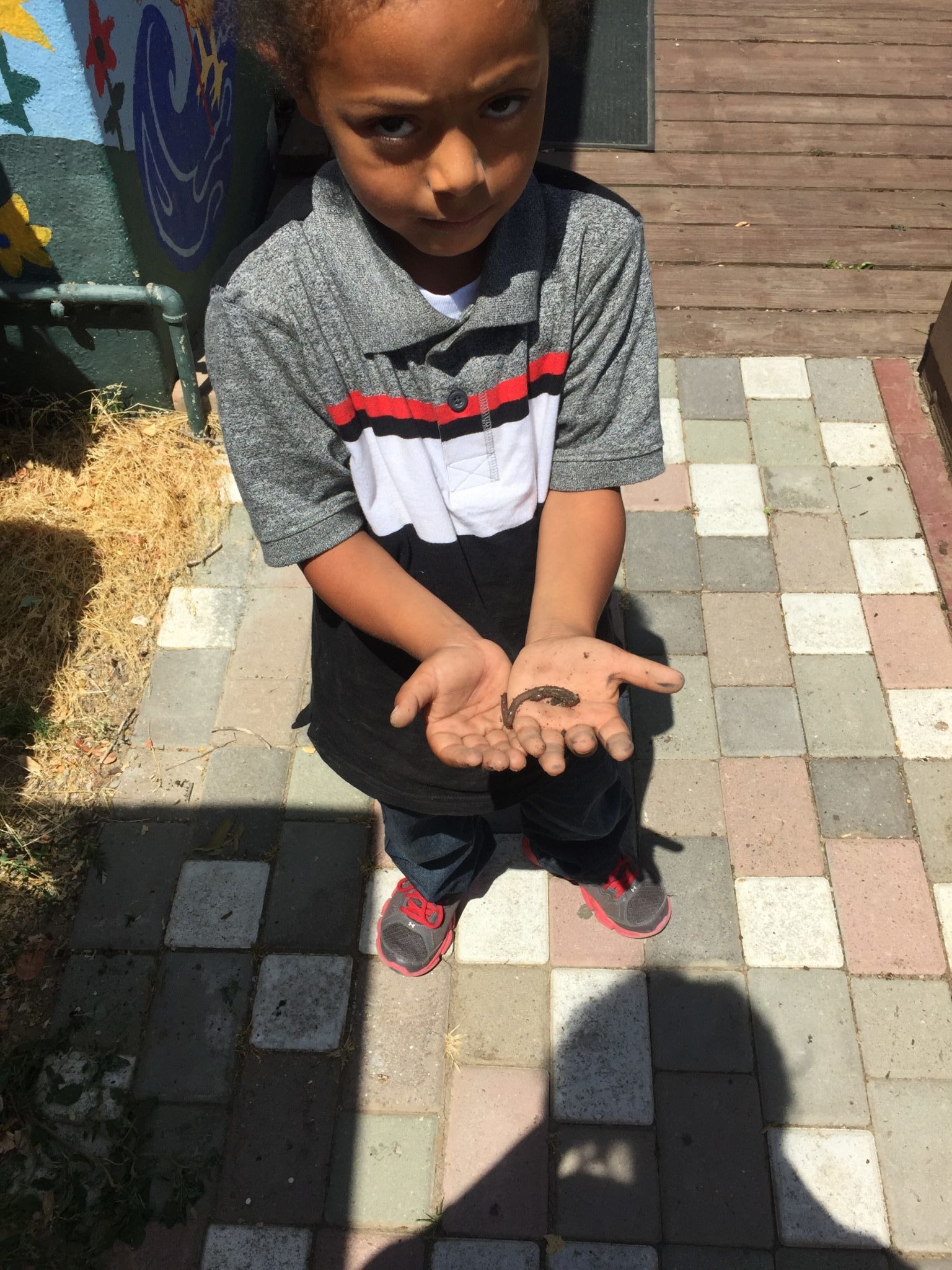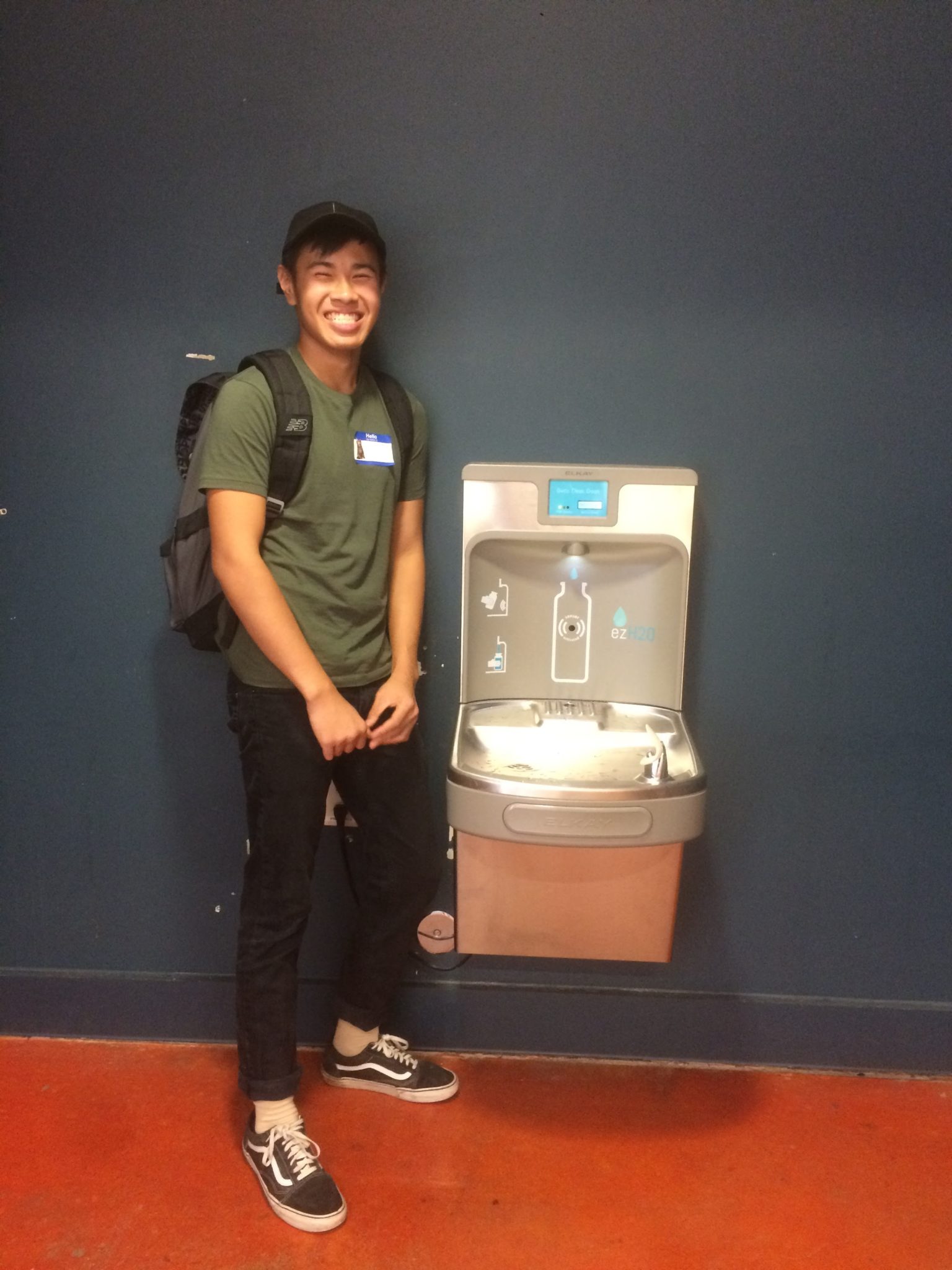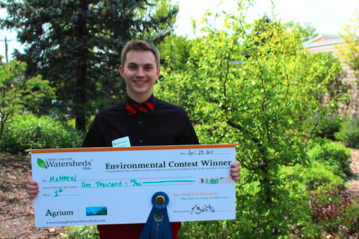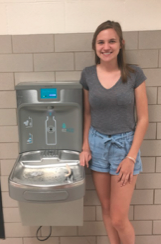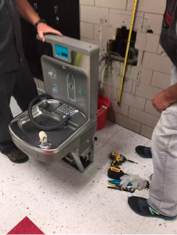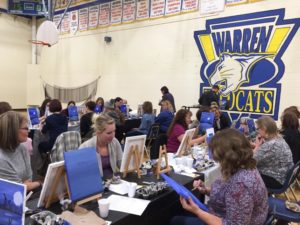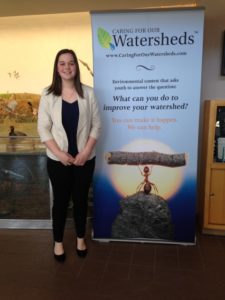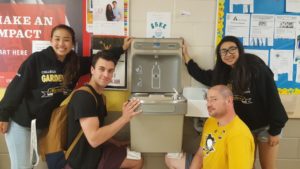2017, CINCINNATI, OHIO, USA
Claire Erny and Jacob Berry knew that residents in their hometown of Wyoming, Ohio yearned for a luscious and weed-free lawn. The dangers of trying to accomplish this goal can be serious and can contain a lot of chemicals and waste that may end up leaching into the waterways, affecting all aquatic life and drinking water. Jacob and Claire decided to come up with a recipe for an environmentally friendly and safe weed killer that is proven just as effective as other weed killers, but much more environmentally friendly, safer and a lot cheaper.
After looking at countless articles about natural weed killers, their teacher, Mr. Neimiller, informed them that he uses “vinegar and dawn dish soap” on his lawn at home, and it works wonders. To make a gallon of this weed killer, residents would need about one gallon of distilled white vinegar and two tablespoons of Dawn dish soap. Before deciding if they wanted to take on this project, Jacob and Claire needed try out this recipe for themselves. They soaked countless weeds with their homemade weed killer and approximately three hours later returned and the results were even better than expected.
The town of Wyoming has a smartphone app called ‘Next Door Wyoming’ people in the community can try to find babysitters, a cheap plumber, someone to walk their dog, pretty much anything. Jacob and Claire decided to make a post on Next Door Wyoming explaining their project and asking the citizens if they would like to try a bottle of the natural and homemade weed killer. Jacob and Claire expected to make about 10-15 bottles of weed killer, but received 40 requests in just 20 minutes. They quickly made extra bottles and dropped the weed killer off the next day and asked that residents email the results back to them.
Just one day after delivering the weed killer to all the residents, many emails came back with positive results and pictures. Not a single resident had a negative comment; some families even said they were going to stop using their old weed killer and start using the homemade version. Their favorite report came from a horticulturist from the Cincinnati gardens who said that her team was going to start using the homemade weed killer. They were able to book the Civic Center for late May (about a month after the final competition) and held an event to further educate the citizens on what a positive and major impact this has on our watershed, and only for $6.00.
